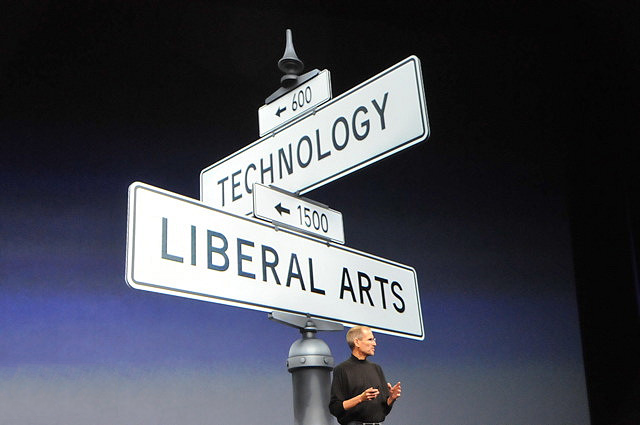Donating to Giving What We Can is higher impact than donating to GiveWell recommended charities.

Giving What We Can is fundraising. When I last checked, they had only reached £70,000 of their £150,000 target.
Last year, more than $28m was donated to Give Directly, AMF, SCI and Deworm the World – the charities recommended by GiveWell and Giving What We Can.1 In contrast, Giving What We Can (GWWC) spent under $200,000. My claim in this post is that if you donate to these top recommended charities, you’ll have even more impact (at the margin) if you donate to Giving What We Can instead.
GWWC is closely affiliated with 80,000 Hours, so I’m likely to be biased in GWWC’s favour. However, I feel strongly enough that I think it’s worth writing on the topic anyway.
Here’s three reasons why to donate to GWWC.







